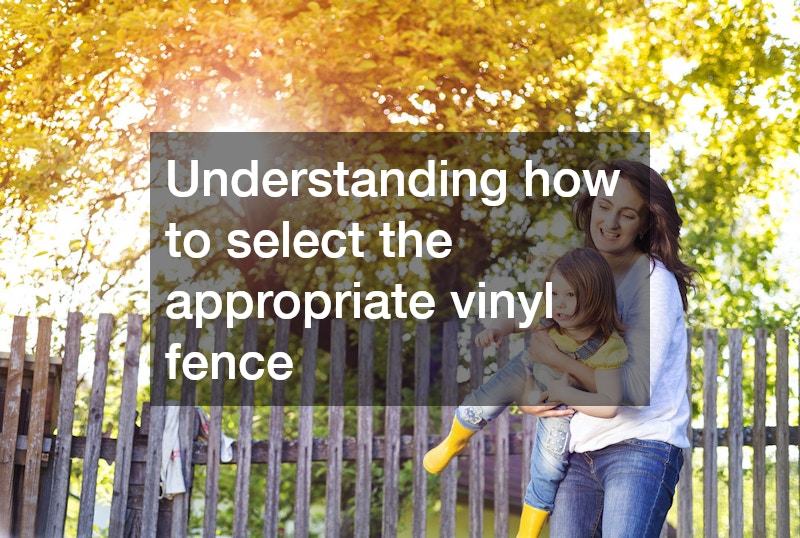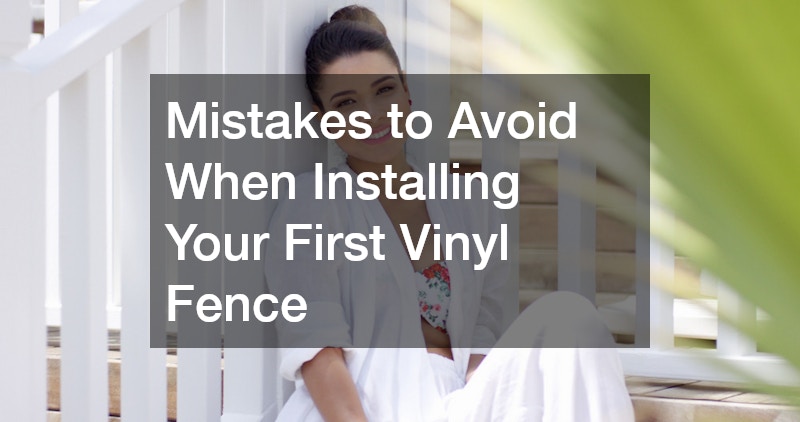Installing a vinyl fence can be a rewarding project to enhance the appearance and security of your property. However, many first-timers encounter common pitfalls that could lead to disappointing results. This article will guide you through the common mistakes and how to avoid them, ensuring a successful fence installation. With the right preparation, materials, and mindset, even beginners can achieve a professional-looking result that adds long-term value and curb appeal to their home.
How do I choose the right vinyl fence?
The success of any DIY brick pointing repair project largely depends on the quality and suitability of the tools used. Having the right tools on hand is crucial for efficiently removing old mortar and applying new mortar into the joints. Among the essential items are a pointing trowel, which is vital for applying and smoothing mortar in the joints. A comfortable grip and correct blade width can make a noticeable difference during extended use.
While a pointing trowel is indispensable, joint rakers and chisels play a significant role in the preparatory phase. Joint rakers help in clearing out old mortar without damaging the bricks, setting a clean path for new mortar. Chisels, on the other hand, are adept at tackling harder or deeper lying mortar, ensuring all remnants are cleared and the surfaces are primed. Investing in durable, well-balanced tools can save you time and frustration while producing a neater finish with less effort.
To complete the toolkit, you’ll need a sturdy brush, often a wire brush, to clear away debris and dust from the joints and brick surfaces. This ensures a clean working environment and helps the new mortar adhere properly. Equipping yourself with these tools ensures you’re prepared for any challenges your brickwork presents. Taking the time to gather quality tools not only improves efficiency but also enhances the durability and visual appeal of the finished project.
What should I know before starting the installation?
Proper preparation of the site is fundamentally key to avoiding costly mistakes during installation. Begin by having the land professionally surveyed to establish precise property lines, which will prevent disputes with neighbors and ensure regulations are met. Utilize local utility marking services to identify any underground cables or pipes, safeguarding against accidents or service interruptions.
Understanding the soil conditions and topography of the site is crucial in ensuring structural stability. For example, sandy or loose soils might require deeper post holes and more concrete to anchor the fence securely. In areas with slopes, adjusting fence panel heights or using racked panels can accommodate elevation changes, providing a more uniform appearance.
Proper drainage considerations should also be considered to prevent water accumulation that can undermine the fence’s foundation over time. Installing French drains or incorporating gravel around the post bases can be effective strategies. By meticulously preparing the site, you establish a solid foundation that supports the integrity and durability of the fence construction.
How can I prevent common installation errors?
Adhering strictly to the manufacturer’s installation guidelines is crucial to ensure that your vinyl fence performs as expected. These guidelines provide detailed instructions on aspects like post spacing, which is critical for maintaining structural integrity and preventing sagging. They also specify the appropriate tools and installation methods, helping avoid complications and warranty violations.
Using the correct hardware specified by the manufacturer is imperative in ensuring long-term durability and safety. Inadequate or inappropriate fasteners can lead to structural weakness, increasing vulnerability to environmental stressors like wind. Additionally, neglecting maintenance tips provided in the guidelines could lead to premature wear and tear.
Attention to detail in every step of the process, as instructed by the manufacturer, significantly reduces the prospects of errors. This diligence is mirrored in industry reports which indicate a substantial decrease in failure rates for installations where manufacturer guidelines are meticulously followed. Ultimately, this approach will reward you with a robust, long-lasting vinyl fence that meets your expectations.
By understanding how to select the appropriate vinyl fence, thoroughly preparing your site, and preventing common errors through diligence and adherence to guidelines, you can successfully install a vinyl fence that meets your needs. Avoiding these mistakes will not only save you time and money but also provide a long-lasting, attractive addition to your property.
.



